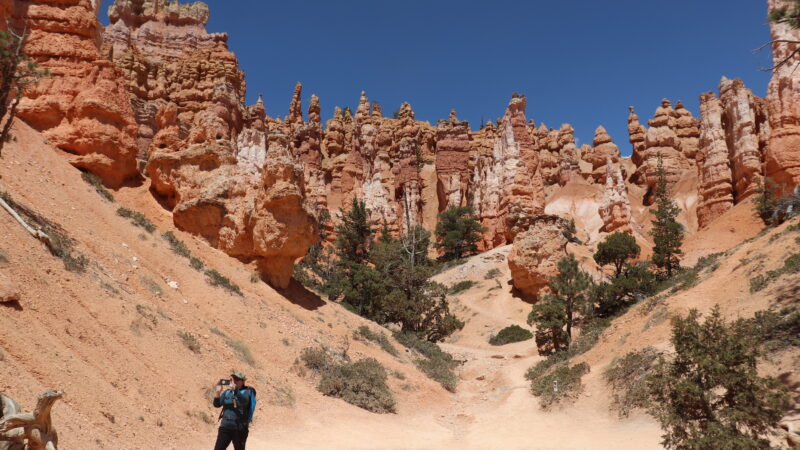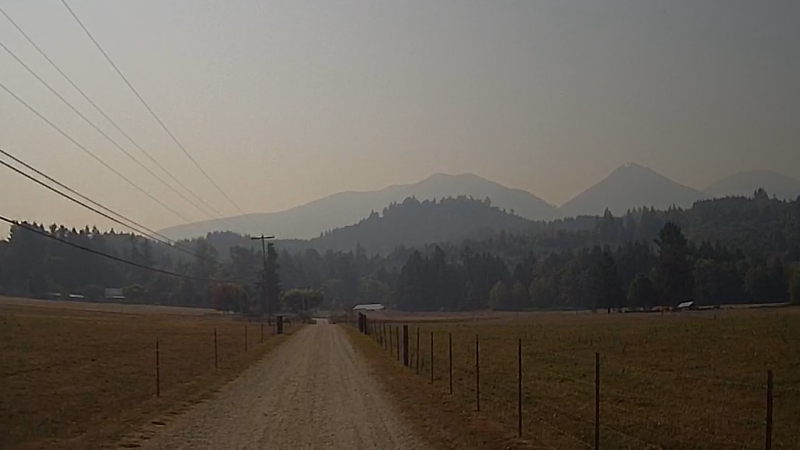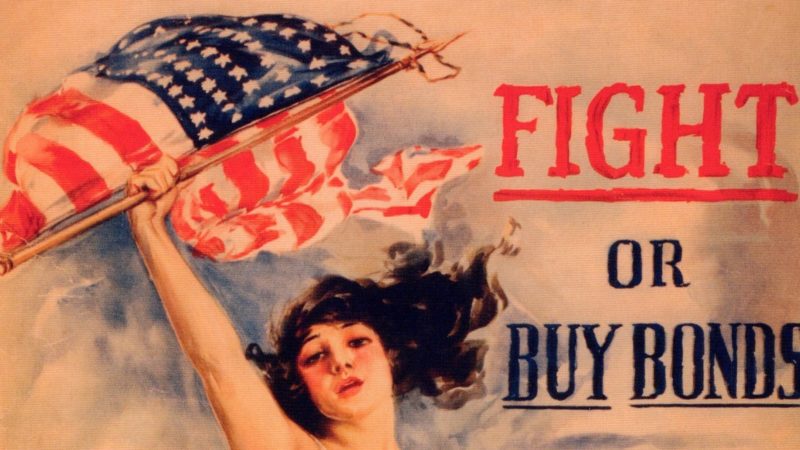“For the Benefit and Enjoyment of the People”
Inscription near the top of the Roosevelt Arch, north entrance to Yellowstone.
In 1869 a group of early explorers tried to spread the word of what they observed in the region that is now Yellowstone National Park. One magazine from back east responded: “Thank you, but we do not print fiction.”
Yellowstone became the nation’s first national park in 1872 because of what these pioneers observed: non-fictional hydrothermal wonders, specifically the geysers and hot springs. However, there is much more to Yellowstone than the water and dirt that can boil you alive, and in some cases dissolve you, if you take one wrong step. Amazing waterfalls, rivers, lakes, canyons, and mountains as well as an abundance of wildlife, the likes of which most of us rarely see outside the park (and its sister park, the Tetons).
When exploring Yellowstone’s nearly 3,500 square miles, it is helpful to remember that most of this strange beauty is due to what lies beneath your feet – a super volcano. We were reminded of this when walking through the park’s Lower Geyser Basin admiring the Fountain Paint Pots. A nearby sign explained that these boiling puddles of mud grew rapidly one day in 1959 due to an earthquake some 40 miles away, beyond Yellowstone’s borders. The quake also changed the frequency of Old Faithful’s eruptions. Below the seemingly safe boardwalks and bubbling earth rests a massive volcano with extensive plumbing. While the volcano is considered active, “rests” is thankfully the most important word in the previous sentence.
For Julia and me, much of Yellowstone is almost indescribable. At least our words don’t do it justice. So, here is a short video of what we experienced.
Cheers,
Bob and Julia
You Might also like
-
The Mailbox Paradox
The joy of travel: It’s not just about the excitement of arrival. It’s also about the relief of departure.
-
Dodging Fires
Fires seem to be consuming the West. Even without being near one, you cannot escape the smoke that is covering the entire region.
-




